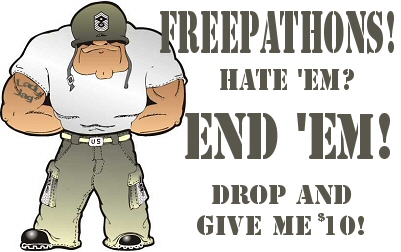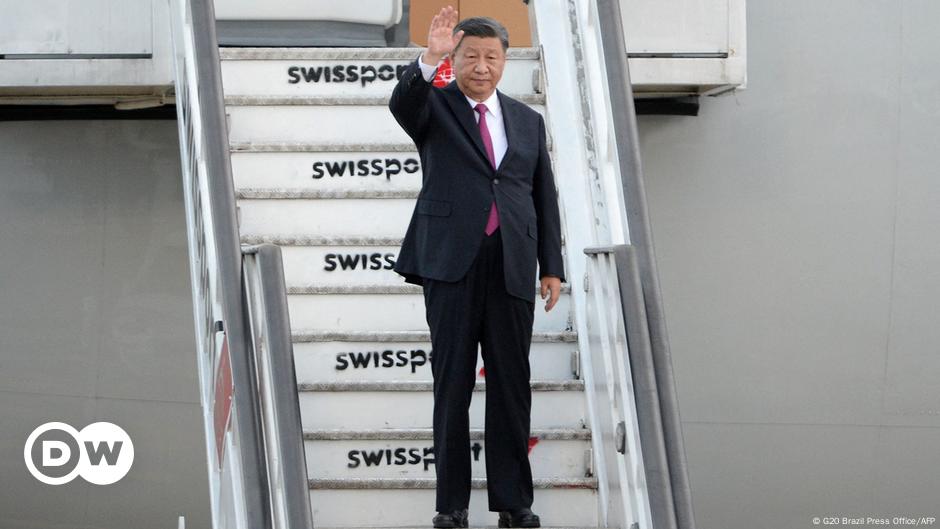Former President John F. Kennedy acted out his own assassination just two months before he would be shot dead by Lee Harvey Oswald in Dallas, Texas.
The 35th president of the United States and his wife, Jackie, had decided in the summer of 1963 and create their own James Bond-like film, which were favorites of the then-president, according to Vanity Fair.
They then spent the weekend of September 21 and 22 filming scenes at Hammersmith Farm, a compound in Rhode Island owned by Jackie's family, with the First Lady acting as director and chief photographer, Robert L Knudsen, behind the camera.
None of the actors - all of whom were friends of the first family or their Secret Service agents - realized that two reporters in a nearby boat were watching the presidential party onboard JFK's Honey Fitz yacht that day.
The reporters were accompanied by a photographer who had a camera with a zoom lens, and managed to get some shots from the set.
The photos were never published, even as the Associated Press ran a story describing the scene at the pier with headlines in newspapers like 'Kennedys Cut Up for Camera at the Weekend Retreat.'
But Knudsen's son retained photos from the shoot, as well as some footage from the president's short film, which he shared with Vanity Fair.
One of the photos shows Knudsen in a business suit, perched atop a pier post with his camera.
John F Kennedy acted out his own assassination just two months before he was killed by Lee Harvey Oswald in Dallas, Texas
The photos were never released, but photographer Robert L Knudsen kept the film
The family were seen on the Honey Fitz yacht on a holiday in 1963
They acted out a scene that JFK himself wrote a script for
Off to the side, the president could be seen holding a towel - presumably to clean off ketchup that had spurted from his mouth as he pretended to die.
Jackie could also be seen standing next to the photographer, looking like she is directing, and two children are also visible: Caroline Kennedy and Marcantonio Crespi, the son of Countess Vivian Stokes Crespi, who spent the weekend with the first family.
For years, the only thing known about the home film was that the Kennedys enjoyed making a film that weekend at Hammersmith Farm, with Kennedy's good friend, Red Fay, who originally claimed he was the only one killed in the footage.
'We were bored and we decided to put the photographer to good use,' Fay recounted to the Associated Press in 1983, following the release of Ralph Martin's JFK biography, A Hero for Our Time.
But Knudsen noted that Kennedy wrote the script himself, and there were several different takes. In some, the president was the one that was shot, while in others, Fay was the one who fell to the ground.
Once the film was completed, Jackie received one copy and Fay received another - but it is thought he destroyed it following his longtime friend's assassination.
No other copies were thought to exist.
Knudsen, however, retained seven minutes from the original shoots.
One scene shows the presidential party leaving the Honey Fitz, when JFK suddenly clutches his chest and falls as if he were struck by bullets, Vanity Fair reports.
He and his wife, Jackie (pictured) invited their friends to her family's compound in Rhode Island where they created their own James Bond-inspired film
Among those in the film was JFK's good friend, Red Fay (left) who originally insisted he was the only one killed in the film. His wife is seen her giving the then-president a palm reading onboard his yacht, the Honey Fitz
Others in the party then step over his body, but Fay trips and falls over the president, at which point a 'gush of red surged from the president's mouth,' soiling the front of his shirt.
Another sequence shot by Knudsen showed a station wagon full of Secret Service agents pulling up to the house, and screeching to a halt before eight jump out of the vehicle.
Among the agents in the scene was Roy Kellerman, who would later be in charge of agents in Dallas, riding in the presidential limo in the front passenger seat, and Paul Landis - the First Lady's agent.
She had asked them to participate in their project.
'We're making a movie about the president's murder,' Jackie reportedly told the agents, 'and we'd like you and the other agents to drive up to the front of the house, then jump out and run toward the door.'
When they did, the agents found the president lying on the floor with ketchup smeared over him, and Jackie sitting on the staircase directing, Landis recounted.
He said he understood it was a prank and admitted it was odd, but he thought it was typical of the couple's playful nature when outside the public view.
In other scenes, Fay could be seen with a rope around his neck and ketchup on his mouth and shoulder, while others showed him and the countess dropping a pistol into a bag that is then taken away.
Records from the White House theater show that JFK and Jackie, along with Fay and another close family friend, Bill Walton, screened 'home movies' the following day, on September 23.
JFK and Jackie would again watch the film a week later with the Washington Post's Ben Bradlee, a confidant of the president's, and Bradlee's then-wife, socialite Tony Pinchot.
But after JFK was shot in the head while riding in a motorcade with the top down on November 22, 1963, the film gained renewed attention.
Some thought it showed the president's willingness to take physical risks, like he did by insisting he ride with the roof down, and staff members and outside observers quipped that it showed JFK was laying fast and loose with security in his off-hours.
Knudsen, meanwhile, told the Associated Press in 1983, 'I wondered if it was a premonition he had or a quirk of fate.'
Mckinley Cheshire, a Palm Beach-based psychiatrist, also said the film 'could easily have been just a fantasy to release a lot of his own internal fears and counter his own phobic behavior - an effort to face the reality that his life was indeed in danger.'
The psychiatrist went on to suggest that JFK's decision to have others step over his body was 'his way of saying they must carry on without him.'
After JFK was shot in the head while riding in a motorcade with the top down on November 22, 1963, the film gained renewed attention
The president was keenly aware of the possibility he could be killed in office, Cheshire revealed.
He had once told the Irish ambassador, 'Crowds don't threaten me. It's that fellow standing on the roof with a gun that I worry about.'
Just one month before his assassination, JFK was also reading a book providing a minute-by-minute account of Abraham Lincoln's assassination, and even on the morning of his death, he made a remark about the potential for an assassination.
The president reportedly told his wife at the Hotel Texas in Fort Worth, 'You know, last night would have been a hell of a night to assassinate a president.
'I mean it; there was the rain and the night, and we were all getting jostled,' Jackie later recounted.
'Suppose a man had a pistol in a briefcase,' the president suggested. 'Then he could have dropped the gun and the briefcase and melted away in the crowd.'

 By Daily Mail (U.S.) | Created at 2024-11-21 12:12:04 | Updated at 2024-11-24 00:25:02
2 days ago
By Daily Mail (U.S.) | Created at 2024-11-21 12:12:04 | Updated at 2024-11-24 00:25:02
2 days ago







